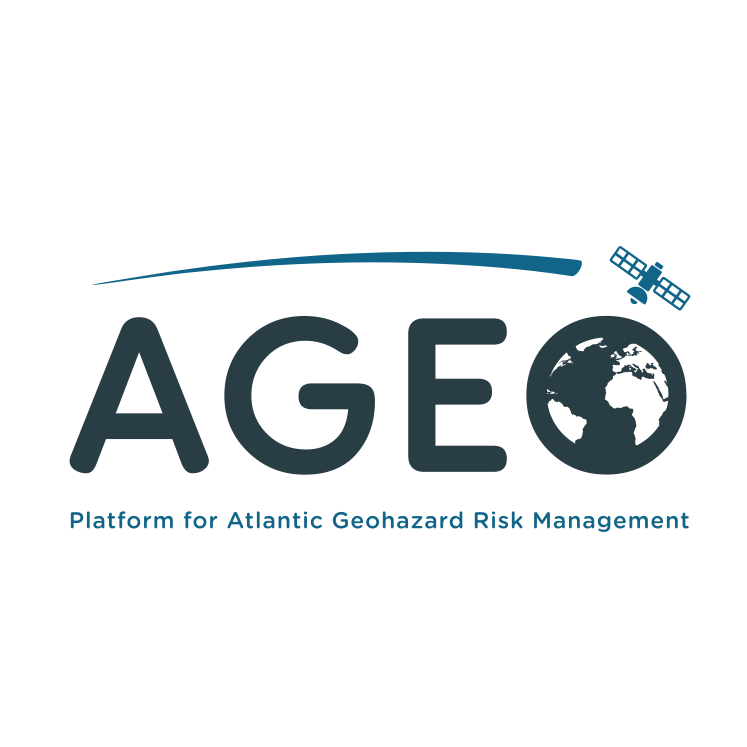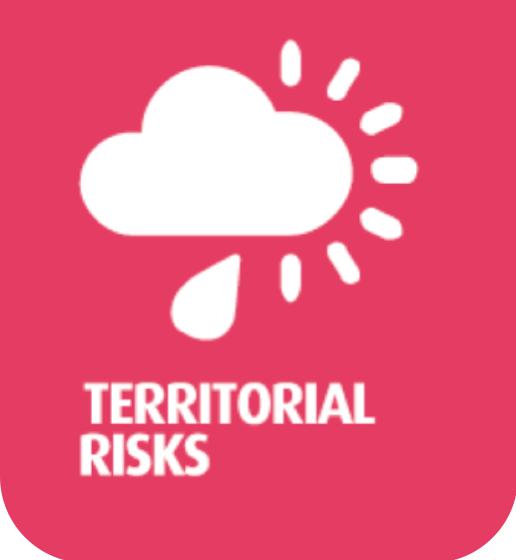Lisbon Multihazard Citizen’s Observatory
The pilot addresses seismic risk, urban floods, landslides and geotechnical risk, and has the particularity of being developed in the urban context of Lisbon city, the capital of Portugal.
The city of Lisbon, given its geographic, geomorphological and geological setting, is highly exposed to natural and climatic origin phenomena.
The high population density, a dense urban occupation, and the location of certain strategic services in its territory, increases the exposure and led to a high vulnerability and an increase in risk (loss of life and property), as a result of natural disasters or climate change.
Managing entity
Lisbon Municipality
Objectives
Why is this pilot important?
Due to this particular context it is very important to prepare local communitie’s and the specific groups of stakeholders defined (civil protection and other municipality services, scientific community, schools, senior universities, groups of scouts), to better respond to disasters and also demonstrate that they can play an active and decisive role in risk management in their area of residence, as long as they are properly awared to it.
The benefit will also be for Lisbon Municipality because the society involvement allows a better monitoring of risk situations.
What are we doing in this pilot?
Lisbon Pilot developed a character called Riska that became the dissemination strategy identity.
We are also working with schools through several communication actions aiming students preparedness to seismic and tsunami risk.
Local communities’ dissemination actions are being prepared, with the support of Lisbon boroughs. A specific campaign aiming the dissemination of the AGEO app through the other groups of stakeholders is being prepared.
Aiming Lisbon Multihazard Citizen’s Observatory dissemination several actions have been developed, such as tutorial videos.
Some dissemination materials were also prepared to support the work with schools.



